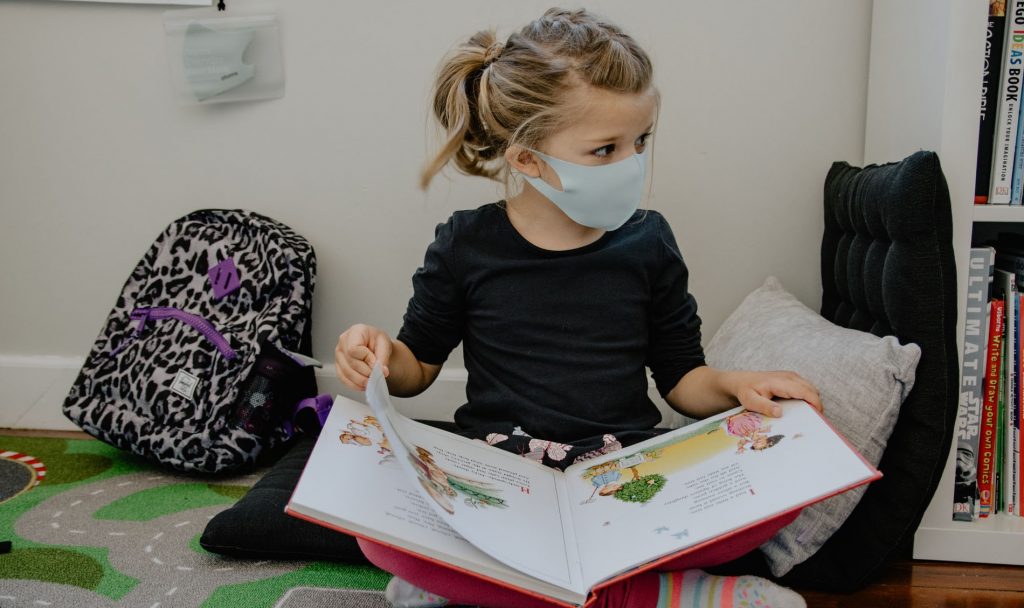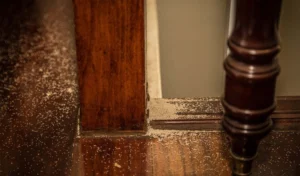Pests at home are often small, but the trouble they bring into our life can sometimes be much bigger. How do you feel when you think about bugs crawling through your kitchen, bathroom or into your furniture? Some parts of the home can be seen directly, while others are not easily noticed. Maybe you have already finished the housework, and have given the house a complete clean. But in some dark corners of the kitchen, where there are still food scraps left uncleaned, a swarm of cockroaches has gathered there. In your kitchen and your bathroom, the stagnant water has become a breeding ground for mosquitoes. And there are also … termites. They have been showing us the power of a team for too many years. The problem is that it is always not easy to find them. And when they are found, when their damage has been uncovered, it is often too late to compensate. Not to mention the impact on human health, fleas and mice have long been important virus vectors between animal world and human society.

Often, when our living space is invaded by these pests, we will intend to take relatively extreme measures, in which the most common way will be the overuse of chemical products. And when we do so, it can be harmful or even dangerous to the health of our family and our pests at home. Modern technology has made today’s pest control products much healthier and more environmentally friendly, and has thus reduced the harm to people and pets to very low levels. But even so, it will still be harmful if the instructions of the products are not strictly followed.
When choosing pest killing and control products, more is not always better. Overuse of insecticides will not only lead to economic waste, but also bring danger. Here we will discuss what to do and what not to do in pest control. And we hope that our notices can bring some convenience to your life.
#1 of Dos: Take precautions to control pests
It is necessary and effective to take precautions to control pests. The first thing you need to do will be to make sure that all the possible channels for pests into your home are closed. To do this, you should always check every corner of your house in case of any potential cracks. Doors and windows should also be in good condition. If your doors and windows have screens, make sure they are intact, too. Have them repaired or replaced if there are cracks and breakages.
#2 of Dos: Don’t provide food or shelter for pests
Always remember to clean up food debris in the kitchen and dining room. Also, make sure that trash cans and any other areas where organic matters accumulate have been sealed to avoid attracting pests. Check and disinfect all clothes in your closet periodically. Each room in your house should also be regularly and thoroughly cleaned in order not to provide any shelter for pests.

#3 of Dos: Be careful with used furniture and clothing
Try not to bring used furniture and clothing to your home. Keep them out of your home if you are not sure about their condition before they came to you, because they might have been the breeding places for cockroaches, fleas, or other pests. If you do need them, you’d better give them a thorough check and disinfection before bringing them into your home.
#4 of Dos: Choose control products for pests with high efficiency and low environment impact
Efficient and environmentally friendly pest killing and control products allow you to eliminate pests while protecting your home environment at the same time. There should be minor even no negative effect to family members. To choose professional and efficient products can greatly save your time and energy, and can also ensure the safety of use.
So, these are what we should do in home pest control. Next, we will also have a look at what you should not do if you want to carry out pest control properly.
#1 of Don’ts: Do not arbitrarily increase the product dosage in the hope of achieving better results
One of the common mistakes made when using insecticides against pest will be to use more of them based on your own judgement. This operation will be dangerous. Tested by professionals, the recommended doses of insecticides are the most effective and safe standard for use. The use of more than needed will be both wasteful and potentially harmful to our health.
#2 of Don’ts: Do not use insecticides against pests indoors that are only used outdoors
There are many kinds of insecticides products, in which some are for indoor use, some are for outdoor use, while some are for both indoor and outdoor uses. To make proper selections, you should read the product labels carefully or consult professionals based on your specific needs.
#3 of Don’ts: Do not use a product without understanding its potential risks
We need to remember that the only purpose for us to buy insecticides is to deal with pests. In addition to pests, quite often, there are also many kinds of beneficial insects in our home or gardens. These beneficiary insects will do nothing harmful but also help to get rid some kind of pests. We may jeopardize the survival of these beneficiary insects if we have no idea of the potential risks of the insecticides that we will buy. If we make that mistake, we may, on the other hand, lead to a decrease in the number of pests’ natural enemies and an increase in the number of pests themselves.

#4 of Don’ts: Do not leave insecticides where children or pets can easily reach them
When use insecticides products at home, safety must not be forgotten. Never forget to keep them away from children and pets. Tell your children not to touch them if they can understand what you mean. If your children are too young to understand your concern, the best way will be to have the insecticides locked somewhere they will never know. Otherwise, they might cause expected and serious danger.



